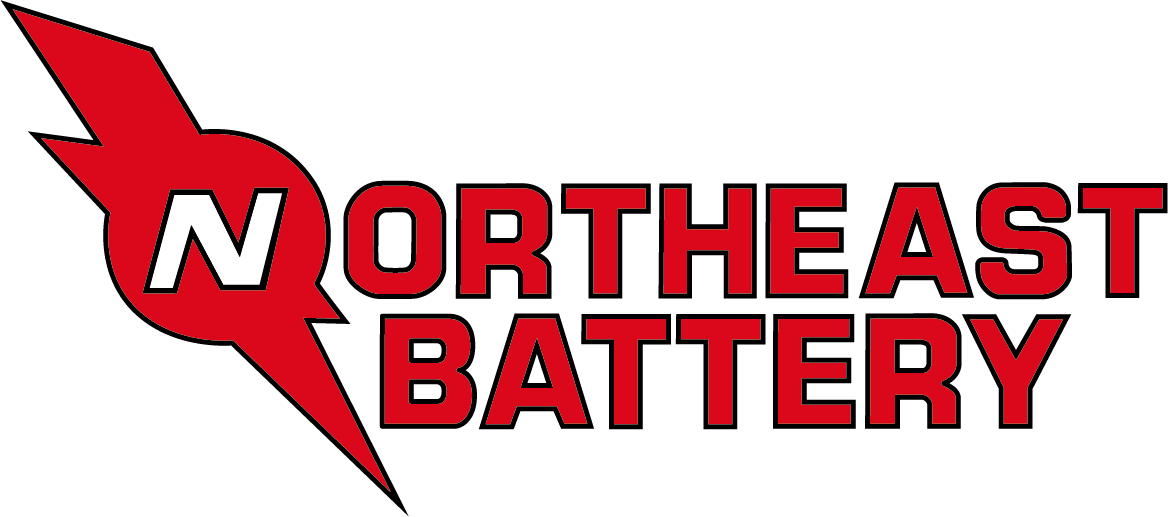You may not ride your motorcycle every day – maybe it’s more of a leisure vehicle for the weekends. This luxury works well for you, but the motorcycle battery may not agree. Hopping onto your bike one day might result in a disappointing morning with no power. Solve most of your problems by adding a trickle charger to your battery. This setup offers reliable power over time.
1. Take a Close Look First
Before you attach any power to a motorcycle battery, examine its outside housing. Look for signs of physical decline, such as:
- Cracks
- Bulges
- Leaking areas
Don’t charge any batteries with damaged housings. These features tell you that the battery is too far gone to be charged again. It might crack or explode altogether. Replace any damaged batteries right away
2. Set the Charger’s Values
Some people might be wary about using a trickle charger, reports MotorWeek, but attention to detail makes these products incredibly valuable to your motorcycle. Trickle charging motorcycle battery components starts with the proper voltage and amperage values.
Turn on the trickle charger without anything attached to it. Set the charging values to the specifications demanded by your battery. Remove power from the charger afterward.
3. Remove the Battery From the Bike
Your battery takes a charge from the motorcycle’s electrical system, so it would make sense to trickle charge in the same manner. Most experts agree that removing the battery before trickle charging is the safest scenario.
Although it’s a rare occurrence, any electrical surges produced during the charging period can damage associated components. Printed circuit boards and sensors in modern bikes are expensive to replace in these cases. Err on the side of caution, and remove the battery.
4. Pick the Charging Location
Charging motorcycle battery components produces a lot of heat. Take the removed battery to a well-ventilated area. Consider a work bench or similar space for these motorcycle batteries. The heat can dissipate without damaging any sensitive items nearby. Most bikes are a collection of tightly configured parts that can succumb to excessive heat over time.
5. Ground the Charger
Don’t ground the charger to the battery’s negative terminal, advises Cars Direct. It’s always better to choose a metal object, such as:
- Vehicle chassis
- Grounding rod
- Engine block
If any surges occur during your charging session, the electrical energy flows right to ground. Battery damage and other issues might prevail if there’s an improper ground or none at all.
6. Connect the Cables
Because there’s no power attached to the charger, it doesn’t matter which cables should be connected first. Be sure to match the red or positive cable to the battery’s positive terminal and vice versa. These connections do matter once the charger has power.
Always rely on your power of observation. Some chargers may have warning signals about improper connections, but damages can still occur with or without these features.
7. Power up the Charger
Plug the charger into an outlet. Observe the setup. The battery and charger should instantly connect and show the current values. Power is now trickling into the battery.
8. Check on the Setup
Trickle-charging motorcycle battery components can take several days or months at a time. The time frame depends on the battery’s power level and your ultimate goals. If you want to charge the battery and hit the road, check on the charger every few days. As it reaches its full charge, you can remove and use it.
For battery-storage purposes, check the charger every few weeks. It should reach a full charge and keep it there until you’re ready for the component. Today’s chargers make the trickle effect safe and effective for storage needs.
Charging motorcycle battery components doesn’t have to feel like brain surgery. Our simple steps make the process easy and understandable. The open road is calling your name!



Northeast Battery, a Stored Energy Holdings, Inc. Company